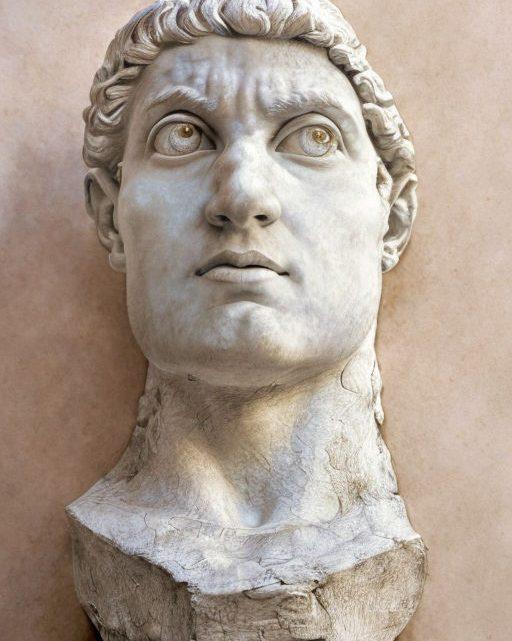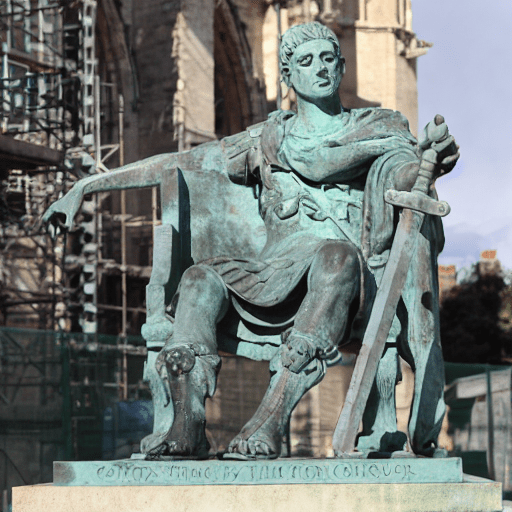Constantine: Savior or Deceiver – Revisiting the Complex Legacy of the First Christian Roman Emperor


Constantine the Great, the first Roman Emperor to convert to Christianity, is a figure of considerable complexity. His legacy is tied to several significant events that have shaped the course of Christianity and the formation of the Vatican. However, a balanced exploration must also account for the darker aspects of his reign, his alleged vision from God, and the liturgical changes he is credited with, to fully comprehend his influence.
The “Savior” moniker attached to Constantine emerges from his role in legitimizing Christianity within the Roman Empire through the Edict of Milan in 313 AD. Moreover, his convening of the First Council of Nicaea helped cement Christian doctrine and the ecclesiastical structure of the Church, paving the way for the establishment of the Vatican.
But Constantine’s journey to Christianity was marked by a significant event – a vision before the Battle of the Milvian Bridge in 312 AD. As per Eusebius, a contemporary historian and bishop, Constantine witnessed a cross of light in the sky with the inscription “by this sign, conquer”. Interpreting this as divine guidance, he had his soldiers mark their shields with the Christian symbol and emerged victorious. This event is often pointed to as the turning point that led to his conversion.
However, a murkier side of Constantine’s reign complicates this narrative. Even after converting to Christianity, Constantine was implicated in the deaths of his wife Fausta and son Crispus. Although the precise circumstances remain a mystery, these actions cast a shadow over his legacy, making the “Deceiver” label seem more fitting to some critics.
Another controversy tied to Constantine’s reign is the shift of the Sabbath from Saturday to Sunday and changes to feast days. The first recorded instance of this change was during the Council of Laodicea around 364 AD, several decades after Constantine’s death. However, Constantine himself had earlier declared Sunday, the day of Christ’s resurrection, as a day of rest in 321 AD, possibly laying the groundwork for this shift. These changes, seen by some as a deviation from the original tenets of Christianity, add another layer of complexity to his legacy.
In conclusion, understanding Constantine’s legacy requires grappling with these complexities. As a ruler, his decisions were not always morally clear-cut, reflecting the intricate weave of personal, religious, and political motivations. As a religious figure, his actions decisively shaped the trajectory of Christianity, for better or worse. But, there is no denying that his influence on the Church and the Vatican is far-reaching and continues to reverberate in Christian thought and practice today.

